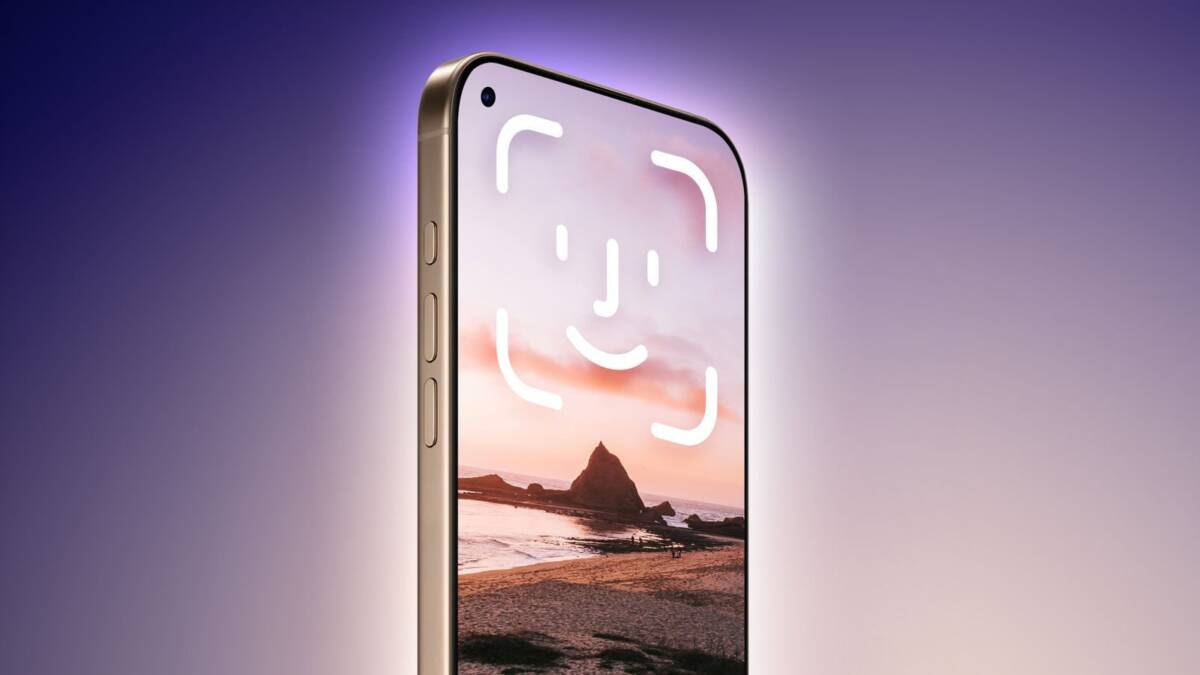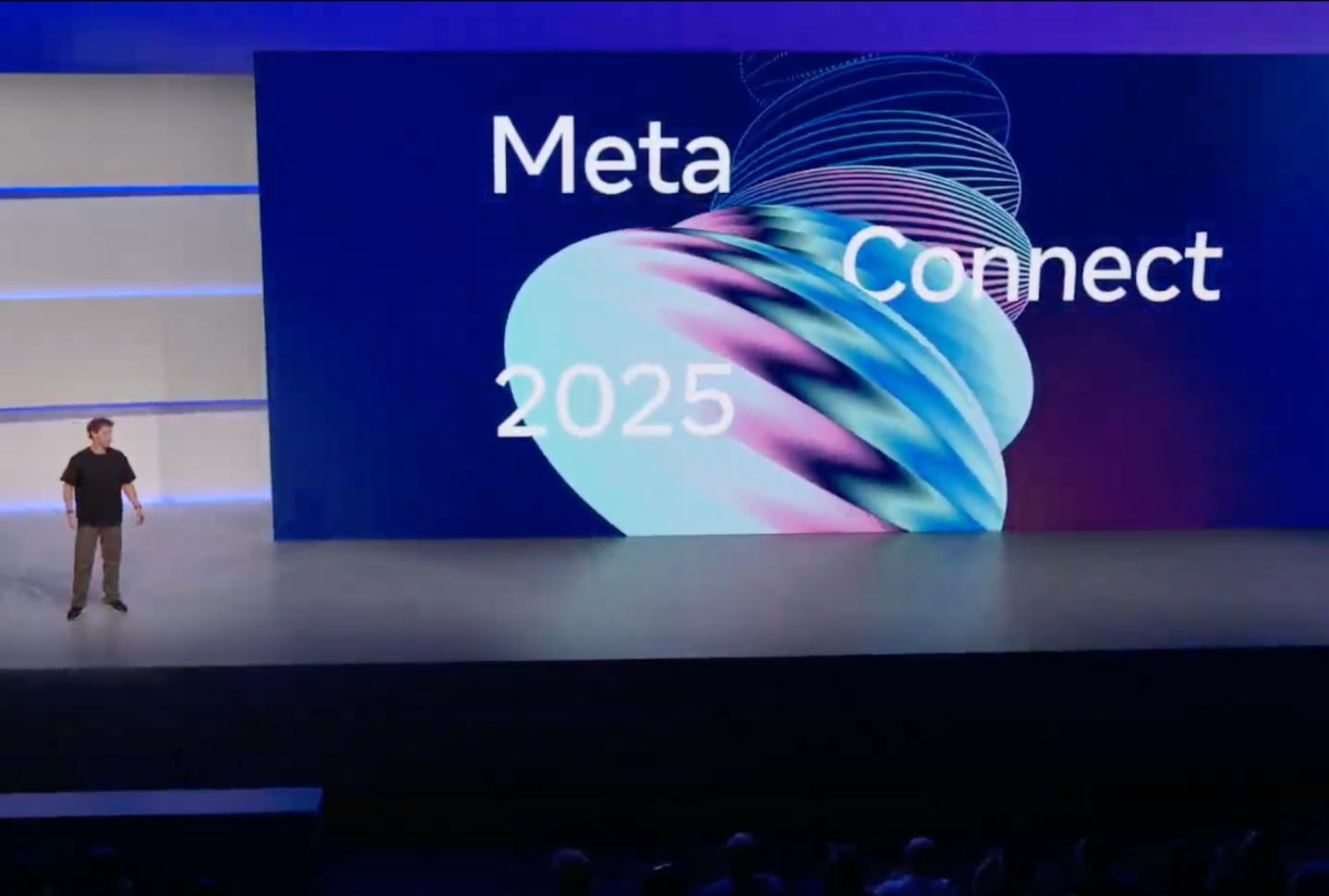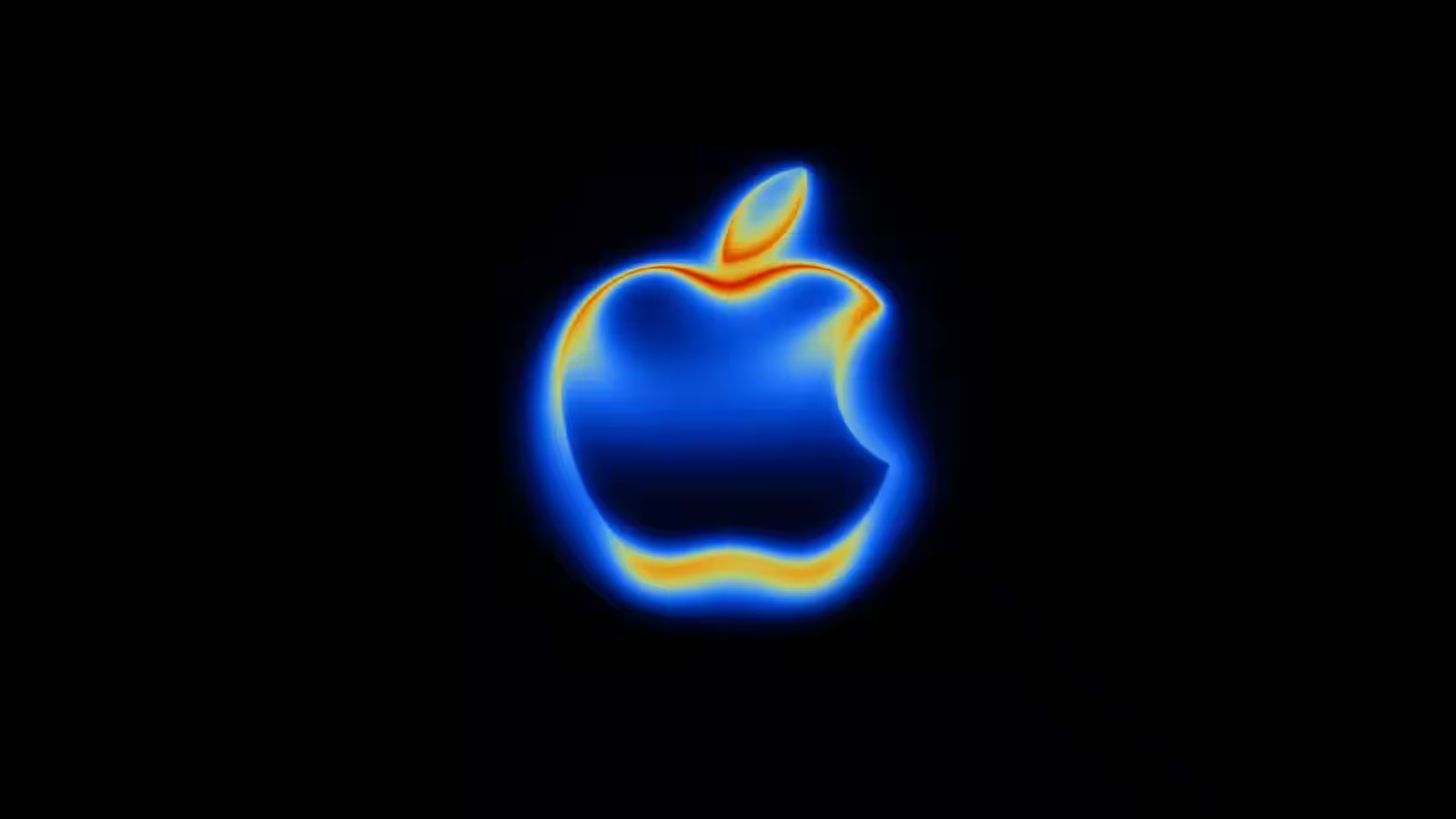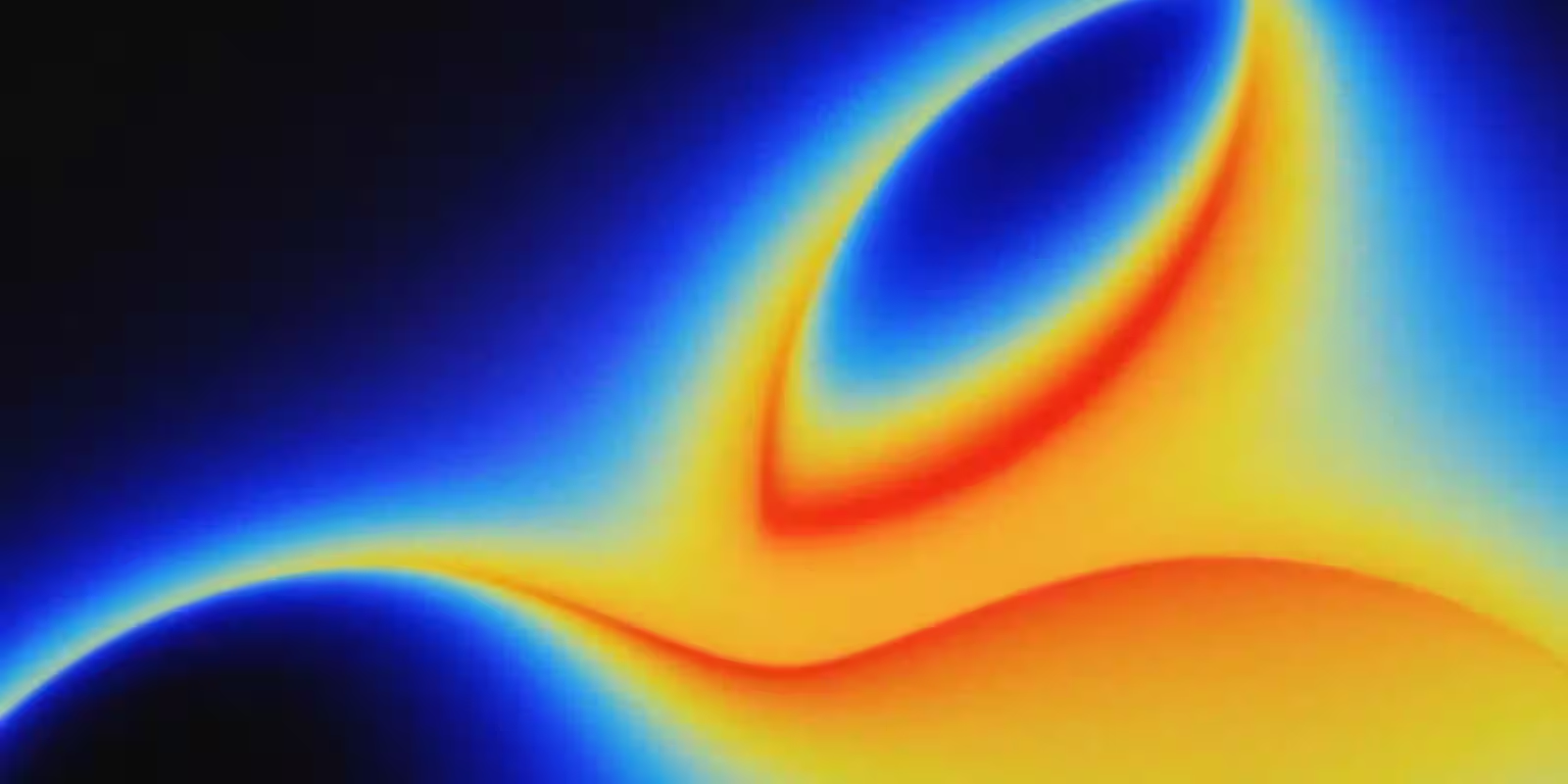Inside Apple’s audio lab: How AirPods are tested and customized
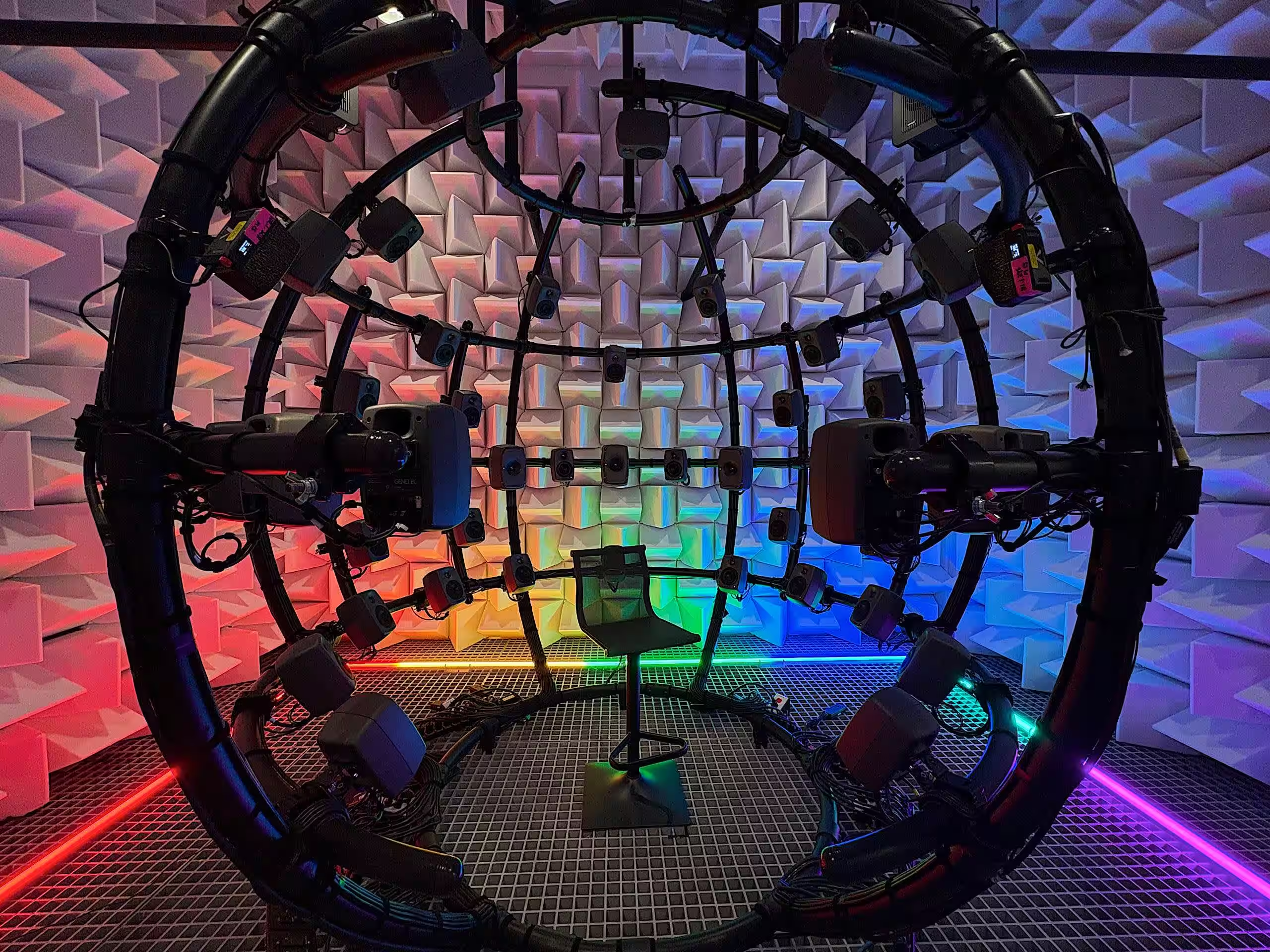
When you walk into the building that houses Apple’s audio lab, the first thing that catches your eye is a huge vintage stereo system. It’s a gift from Steve Jobs to the engineers working on the company’s sound technology. For the team, it’s not only a source of inspiration, but also a reminder of how important music and sound are to Apple.
Beyond the doors, there’s a whole world hidden from the eyes of the average presentation attendee. The lab is a labyrinth of corridors and rooms where engineers from a variety of disciplines — acoustics, software and sound design — work to create a unique audio experience for users.
The lab is a labyrinth of corridors and rooms where engineers from different fields — acoustics, software and sound design — work to create a unique audio experience for users.
The Hearing Test and Accuracy of AirPods
One area of research has been the creation of a hearing test built into AirPods. Apple claims it’s comparable in accuracy to clinical methods. To confirm this, engineers use special audiometric booths. They look like small, windowless office rooms with walls lined with sound-absorbing panels.
Inside is a workstation with a Mac and a set of professional audiometry tools. Thousands of tests are run here to ensure that the screening built into the headphones works as accurately as a doctor’s diagnosis. This functionality allows users to not only get a hearing profile to adjust the sound of music, but also to customize the AirPods as a personal hearing aid if necessary.
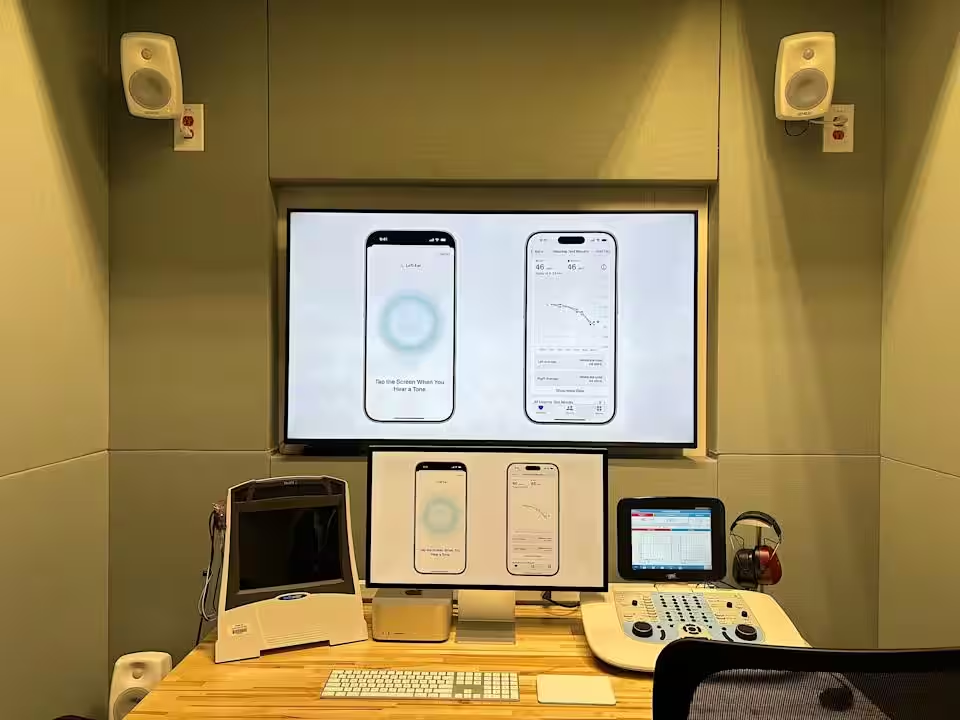
How they create «basic customization» for everyone
Every person hears sounds differently: the perception of frequencies depends on physiology. This is why it is important for engineers to establish «a starting point» — a basic sound standard from which technical and artistic solutions can be built. Hearing tests and audio profiling allow Apple to minimize differences and bring the music experience closer to how the artist intended it to be experienced.
Tuning Studios: combining science and art
The lab has several tuning studios, each decorated like a small music studio. There are instruments, consoles, and loudspeakers. These rooms bear the names of legendary recording studios, such as Abbey Road.
The engineering team, which includes experts with experience in concerts, Broadway theaters and traditional acoustics, listens to thousands of hours of content — music, movies, podcasts, YouTube videos — in a variety of formats, including mono, stereo and Dolby Atmos. The goal is — to reproduce the original sound as faithfully as possible so that the AirPods user hears the recording as the author intended.
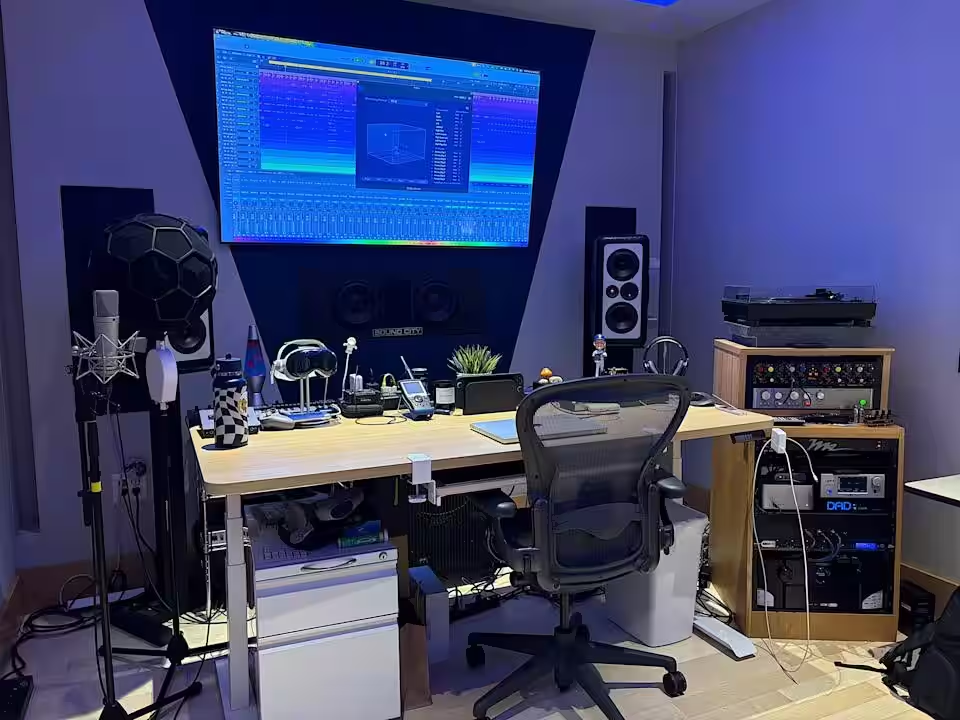
The engineers experiment with different versions of the hardware and dozens of customization options using computational audio processing. By comparing recordings made with AirPods to reference professional microphones, they’ve achieved a quality that’s as close to studio quality as possible. That’s why features like «studio recording» in AirPods Pro let you even use the headphones instead of a looping microphone when shooting video on your iPhone.
Anechoic Camera: absolute silence
An anechoic chamber — a space completely devoid of echo is a special place. It is «a room within a room» isolated from the outside world. The floor, walls and ceiling are lined with wedge-shaped panels of sound-absorbing material. Even footsteps here have to be taken on a metal mesh stretched over the same «sound-absorbing floor».
In this chamber, engineers test whether Apple devices make unnecessary noise and also test spatial sound. Inside is a chair surrounded by many tiny speakers. These are used to study how sound bounces off a person’s body and ears to recreate the surround sound effect of AirPods. It’s research like this that led to Personalized Spatial Audio — a technology that uses iPhone scans of the head and ears to tailor the sound to the individual user.
Fantasia Lab: Testing ANC, Transparent Mode and Spatial Audio
The most impressive room in the complex is named Fantasia Lab — in honor of the Disney animated film that pioneered multichannel sound.
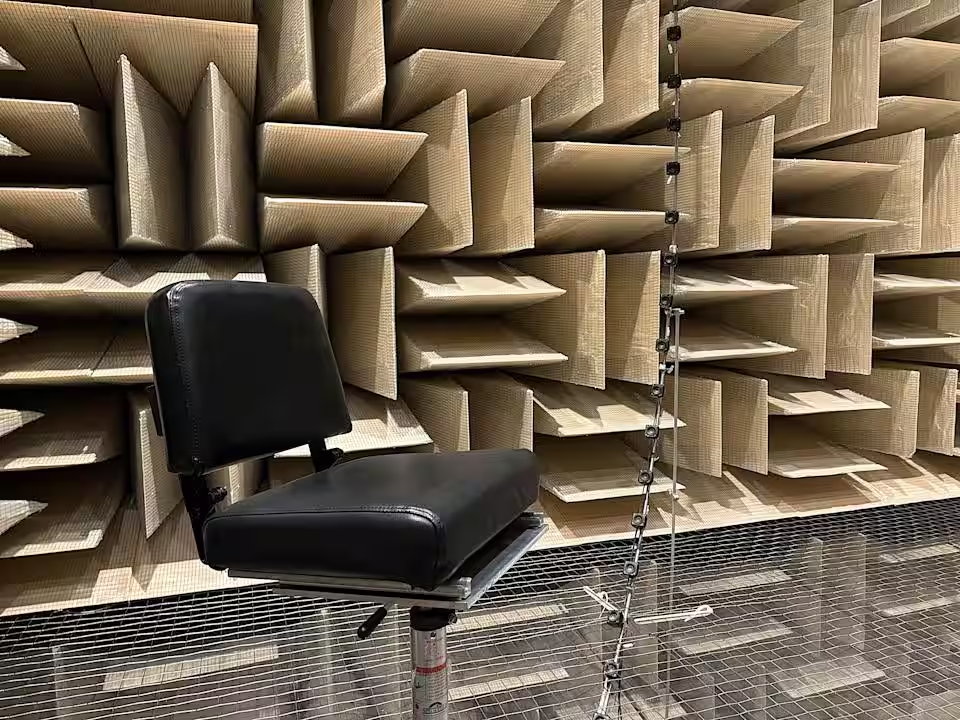
Here, engineers can reproduce virtually any acoustic scene using a spherical system of dozens of speakers. This room is where key AirPods features like Active Noise Cancellation (ANC), transparent mode, and spatial audio are tested.
In the tests, an engineer sits in the center of the sphere and determines the direction of the sound source to make sure the sound is perceived as naturally as possible in transparent mode. To test ANC in a room, different noises are played at different volume levels. This helps to understand how the algorithms handle noise reduction. For Spatial Audio, engineers compare the sound of real speakers to the playback in AirPods, achieving an identical sense of direction and depth.
One of the journalists who visited Fantasia Lab described his experience this way: while being shown a recording of a live concert, he felt like he was part of a crowd of thousands. But when he opened his eyes — it was all just an acoustic illusion created by dozens of speakers in a small room.
That’s how Apple combines precise engineering methods and an artistic approach to achieve the unique sound of its devices. From audiometric booths to anechoic rooms to spherical speaker arrays — every element of the lab works to ensure that AirPods users hear music and the world around them as naturally as possible.



